Review of Koyaanisqatsi / Powaqqatsi (Box Set)
Introduction
Ko-yaa-nis-qatsi (from the Hopi language), n.
1. Crazy life. 2. Life in turmoil. 3. Life out of balance. 4. Life disintegrating. 5. A state of life that calls for anther way of living.
Koyaanisquatsi is not an ordinary documentary: instead it is just a series of beautiful images of the Earth, without accompanying narration or plot structure, juxtaposed against footage of our natural world being destroyed by mankind. The hoped for effect is to lead the viewer through a journey teaching the sanctity of our environment.
Powaqqatsi, released five years later and produced by George Lucas and Francis Ford Coppola (who also produced Koyaanisqatsi), follows a similar method of ‘storytelling’, this time with the subject matter being the change brought about by technology in tribal living around the world.
Now both films are available in a double pack after being much wanted by fans of these cult favourites. Before the only way to get your hands on Koyaanisatsi was to donate a tidy sum of $300 to the official website fund.
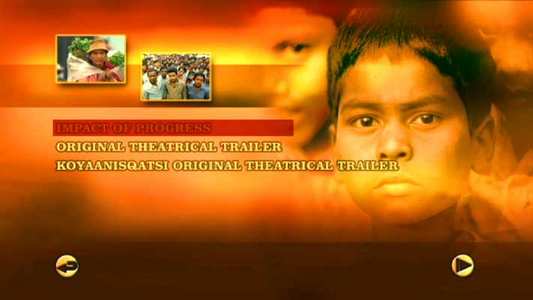
Video
Both films are presented in 1.85:1 widescreen anamorphic form, and are generally quite good. Each has strong colours and a decent level of detail throughout. Powaqqatsi is, as expected, better visually as it is more recent, with Koyaanisqatsi suffering more from source element defects such as dirt and specks in certain chapters. However, luckily this is a minor defect and on the whole MGM has done a good job: essential in a film based so heavily on the strength of its images.

Audio
Each film is accompanied by a DD 5.1 track. There is no dialogue and minimal surround in the films – but we do get clean and powerful versions of the soundtracks. The scores, both composed by Philip Glass, are evocative, with Koyaanisqatsi’s being especially mesmerising.
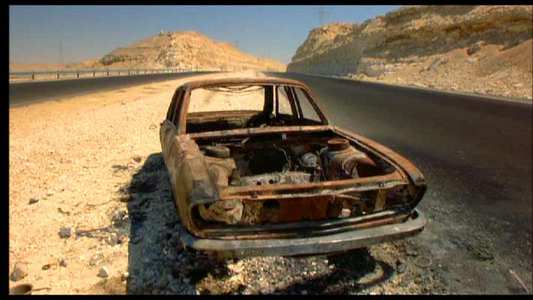
Features
The Koyaanisqatsi disc contains the original theatrical trailers for both films, and a featurette/interview entitled “Essence of Life” with director Godfrey Reggio and composer Philip Glass. This is quite a valuable extra for such a rarity of a film, running in at 26mins. Reggio goes into quite a lot of depth about the making of the film, and the ideas behind it.
Similarly, on the Powaqqatsi disc there is an interview called “Impact of Progress”, which is just as interesting and relevant. The trailers from the first disc are also included.
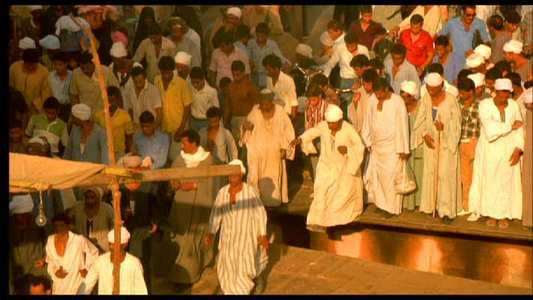
Conclusion
Despite using a very unusual way of creating a documentary, Reggio created a startling and moving film in Koyaanisqatsi. The images caught on film really do make you think about the beauty of the natural environment, and the contrast between them and the fuel-sapping and warmongering of human being during the last 100 years can provoke a strong emotional reaction.
Powaqqatsi is unfortunately much an inferior film. Much of Koyaanisqatsi’s power lies in its originality, which in turn leads you to believe the sincerity of the director’s vision. However, when this same theme and method of filming is returned to time and time again (see IMDB for Reggio’s credits, for example) it loses its impact. Powaqqatsi also seems a lot more pretentious, with far too much slow motion footage.
As a double pack, I would give Koyaanisqatsi a ‘9’ and its sequel a ‘5’. But even with such a high score, this only reflects my opinion that everyone should watch this, even if only for educational purposes. I find Koyaanisqatsi difficult to class as a ‘good film’ as it is such a subjective, reflective experience: you will only get out what you put in. Reggio himself explains this perfectly: “For some people it’s a piece of s***, for others it moves them deeply.” Overall 8/10.

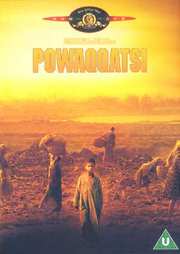
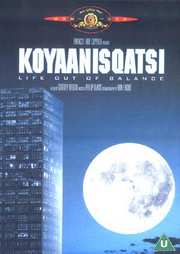
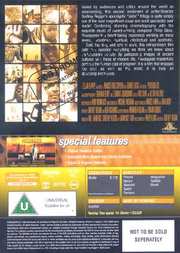
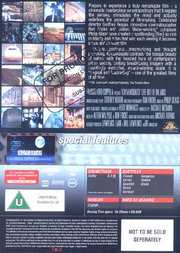




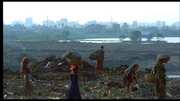

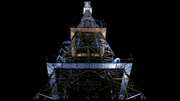


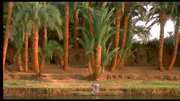



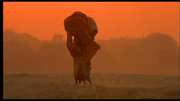
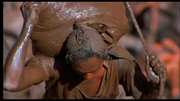
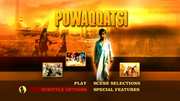
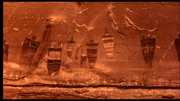
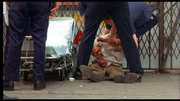


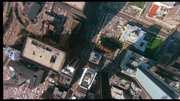
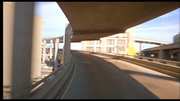

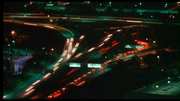
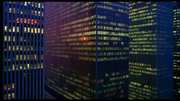


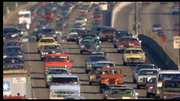

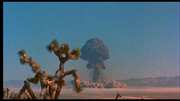
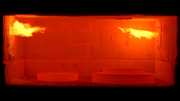
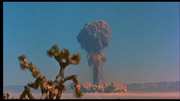
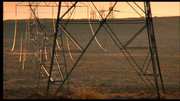
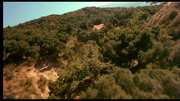
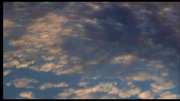
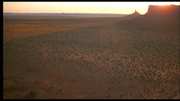
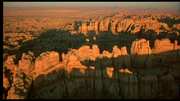
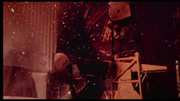

































Your Opinions and Comments
Be the first to post a comment!